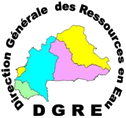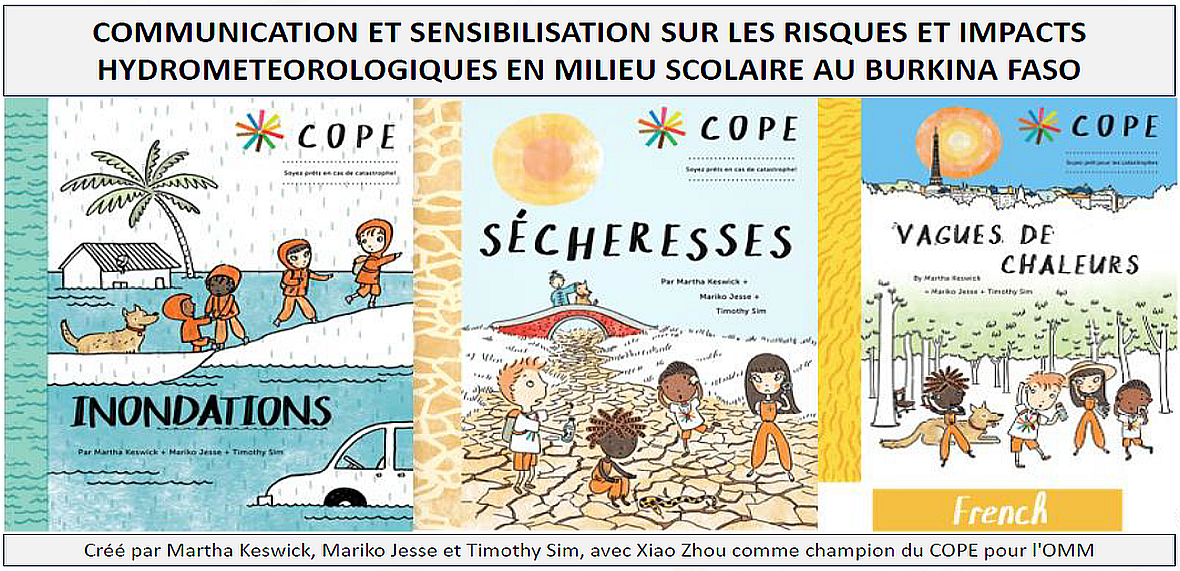As part of the WMO's technical assistance to the project to strengthen climate resilience in Burkina Faso (HYDROMET-BF Project), GWP- WA and the General Directorate for Water Resources (DGRE), in collaboration with the National Meteorological Agency (ANAM), the Provincial Department of Pre-school, Primary and Non-Formal Education of Kadiogo (DPEPPNF) of the Ministry of Basic Education, Literacy and Promotion of National Languages of Burkina Faso, as well as all the institutions involved in disaster risk management at national level, have undertaken school communication and awareness-raising campaigns on the main hydrometeorological risks affecting the country, benefiting around 1,000 schoolchildren in Burkina Faso.
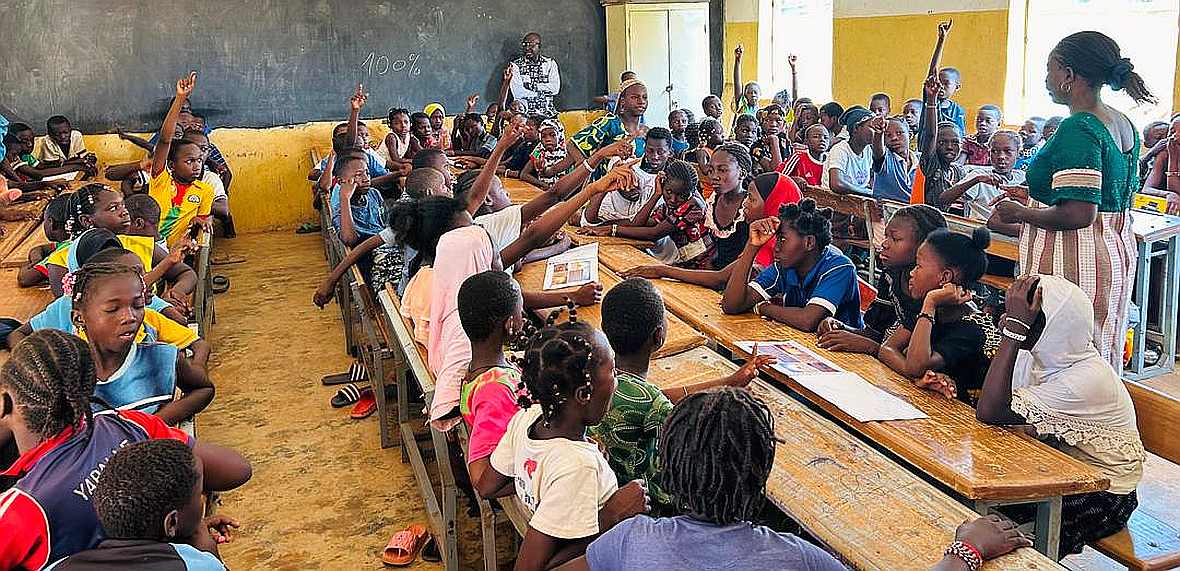
Photo 1: School C, Tampouy. Question and answer session on the consequences of droughts in Burkina Faso
An awareness plan on the impact of hydrometeorological phenomena, in particular floods, droughts and heat waves was designed and delivered in 10 schools in central Burkina Faso based on the adaptation of the COPE and WMO Disaster Champions books. This provided the framework for adapting suggested pedagogical actions for school children in Burkina Faso to reduce the impact of floods, droughts and heat waves. COPE books, on the hazards mentioned, are being translated into the national languages Mooré and Dioula and will be delivered to the 10 schools at the start of the school year in September 2025.
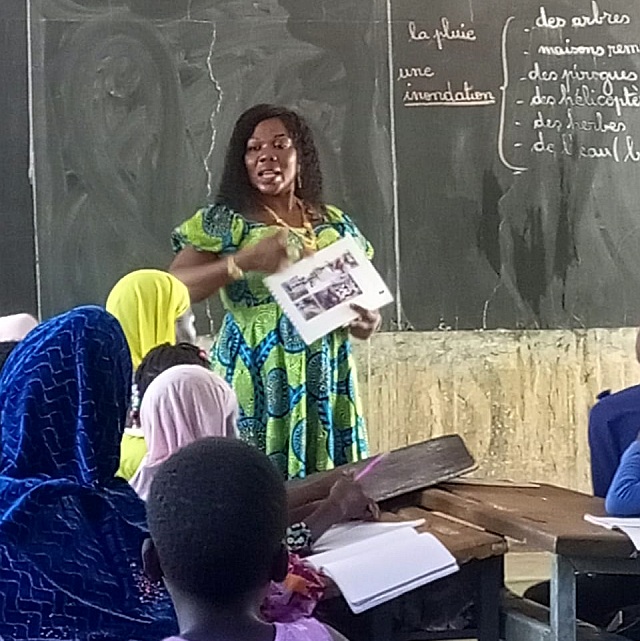
Photo 2. Teacher at a school in the Zone du Bois explains the impact of flooding.
The awareness campaigns were carried out by a team made up of the schools' teaching staff. GWP- WA and WMO specialists conducted content preparation sessions on hydrometeorological risks and impacts with 10 educational supervisors from 10 schools. They in turn trained 30 teachers and 20 parents to pass on knowledge about the types and impacts of droughts, floods and heat waves. Each school mobilised 100 pupils to take part in the awareness-raising campaign. For each school selected, discussions were held with the teaching staff and management, and the content of the awareness campaigns included subjects such as the causes and consequences of hydro-meteorological risks, and how to behave and help vulnerable groups.
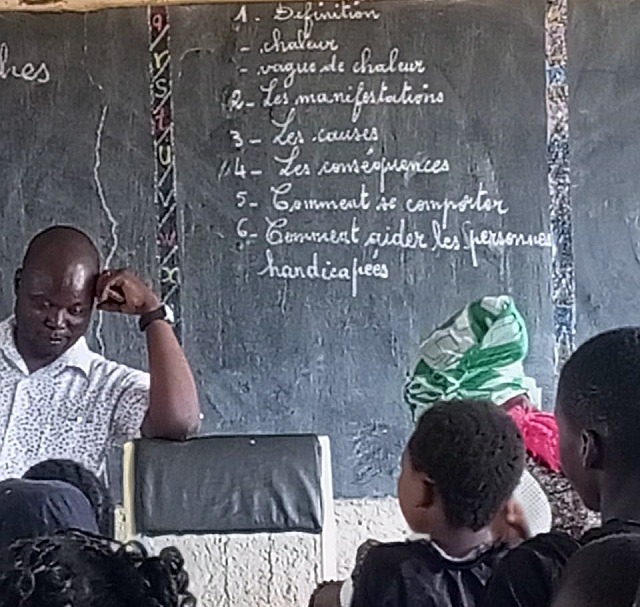
Photo 3. A teacher during an exchange session with pupils from the Nioko 2 school.
In order to learn from past situations, the hydrological specialists pointed out that "with the rainy season starting to set in, we need to organise ourselves in such a way as not to be taken by surprise by flooding. Following last year's experience, we are committed to making real-time information available to the population so that they can take timely precautions to minimise and reduce their vulnerability to disaster risks", said Ms Christine TAPSOBA/ OUEDRAOGO, Director of Water Studies and Information (DEIE/DGRE).
During a second tour, schoolchildren will receive COPE books on floods, droughts and heatwaves, designed by Martha Keswick, Mariko Jesse and Timothy Sim, to share with children around the world. These books encourage the development of national teaching materials to guide children in preparing for hydro-meteorological hazards.
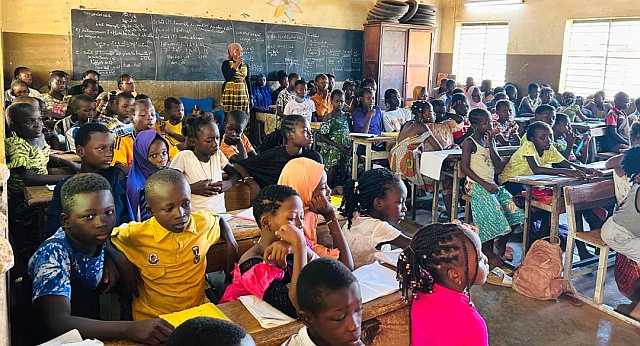
Photo 4. Discussion session on hydration needs during heat waves for children at Nelson Mandela school
Thanks were expressed to all those who contributed to this activity and who, thanks to the technical support of GWP- WA and the DGRE/DEIE, under the direction of the WMO, raised the interest of communities, large and small, in the need to prepare for extreme hydrometeorological events. The main protagonists were schoolchildren, who surprised the teaching staff with questions and, above all, suggestions on how to help vulnerable groups in the event of flooding.

